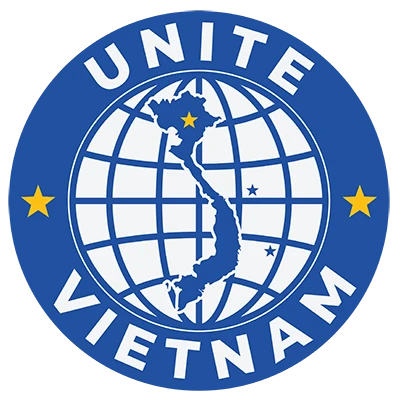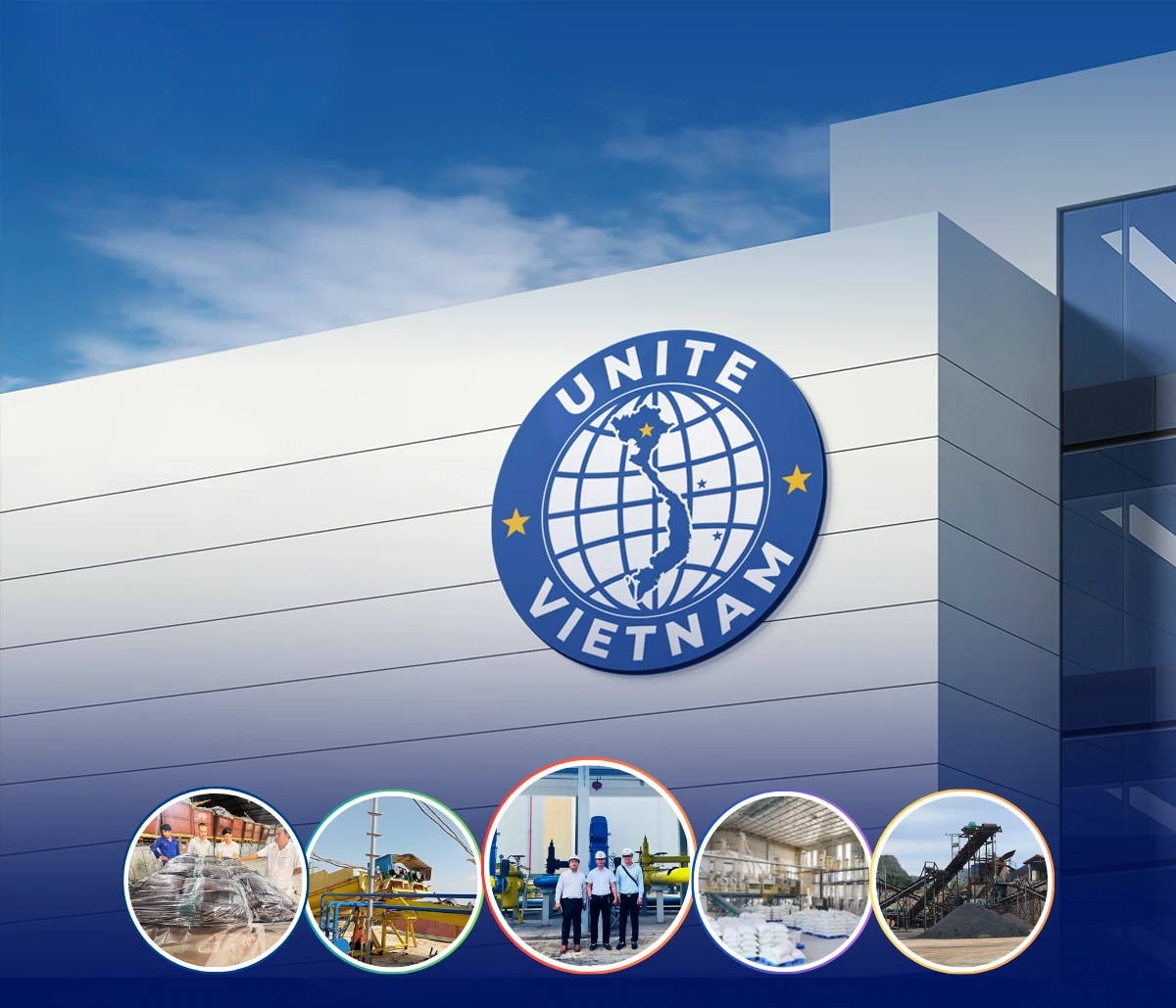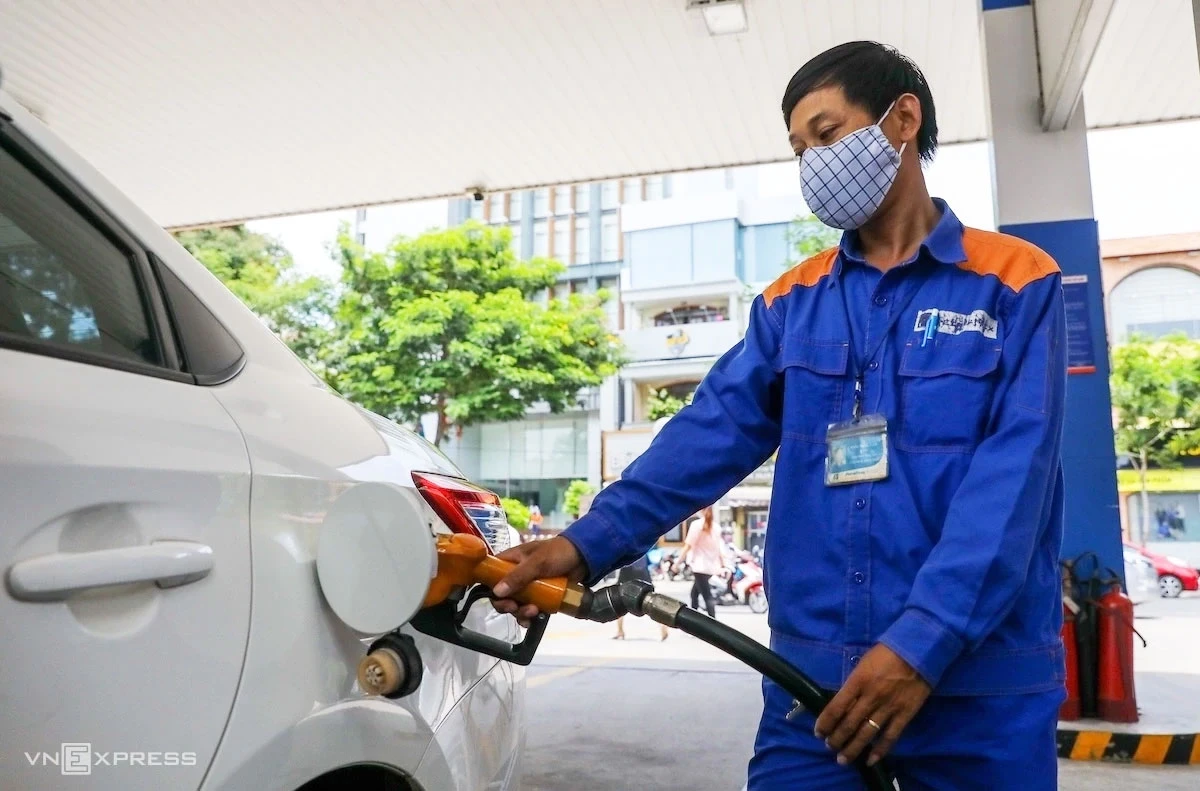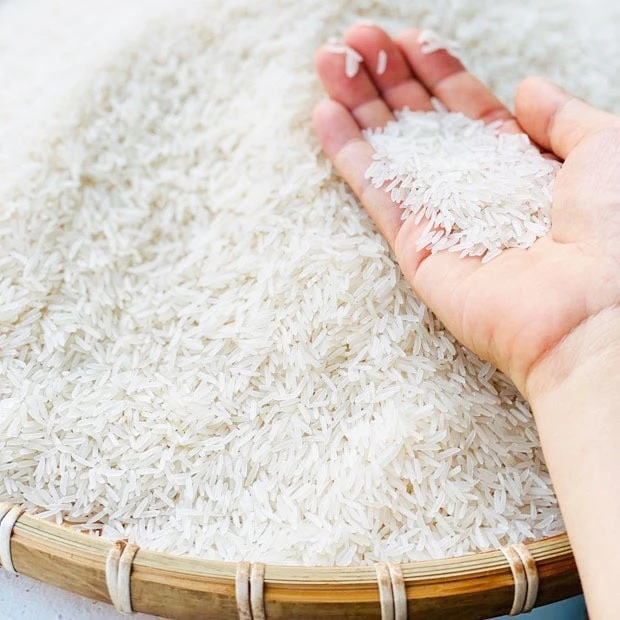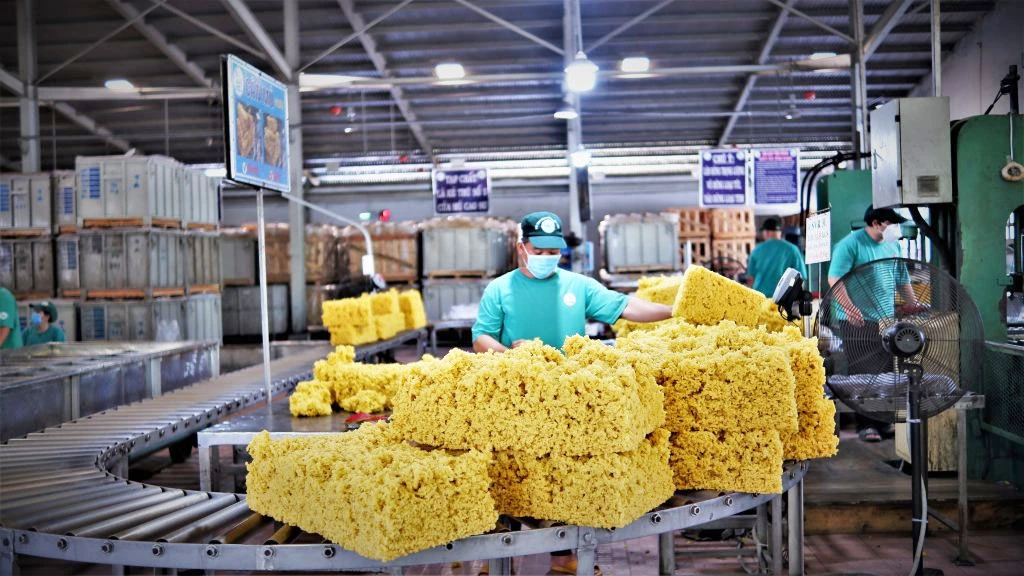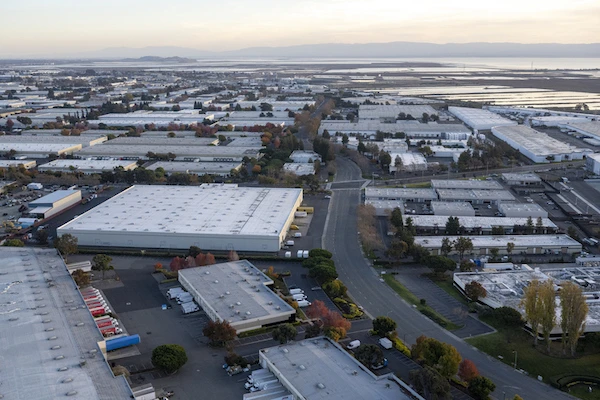
Vietnam maintains top 3 position in rice exports to Singapore
Article content
Vietnamese rice dominates Singaporean market
From being inferior to Thailand for many years, Vietnamese rice has risen to the top in market share in Singapore. According to data from the Vietnam Trade Office in Singapore, in the first half of 2024, the amount of Vietnamese rice exported to Singapore reached nearly 36,000 tons, with a total turnover of more than 25 million USD. In the first 5 months of the year alone, Vietnamese rice accounted for 32.03% of Singapore's total rice imports - surpassing Thailand (27.77%) and India (24.61%).

Illustrative photo.
This success partly comes from the fact that Vietnam has proactively shifted to the fragrant rice and high-quality rice segment - which is the priority choice of Singaporean consumers. Not only dominating in quantity, Vietnamese rice has also made progress in value: the average price reached 723 USD/ton in May 2024, an increase of nearly 6% over the same period last year. Although lower than the price of Thai rice (1,183 USD/ton) and Indian rice (750 USD/ton), the difference is no longer too large and reflects a clear trend of quality improvement.
The Singapore market is considered a "high-end gateway" with strict requirements on food safety, origin of goods and sustainability standards. The fact that Vietnamese rice is not only present but also takes the lead shows that competitiveness is changing significantly. Domestic enterprises are no longer simply exporting cheap white rice but are investing more in specialty products, packaging, and quality certification - decisive factors in markets such as Singapore, Japan or Europe.
In addition to geographical advantages, good trade relations between the two countries also create favorable conditions for Vietnamese rice to expand in Singapore. Taking advantage of trade agreements such as CPTPP and RCEP helps Vietnamese rice have preferential tax rates and access the market at a lower cost than competitors.
Motivation from the value chain upgrading strategy
The victory in the Singapore market is not only of commercial significance, but also reflects the success of the strategy to upgrade the value chain of the Vietnamese rice industry. Since 2020, the Government and the business community have shifted their focus from "quantity" to "quality", gradually reducing the export of low-grade rice, replacing it with organic rice, fragrant rice, and specialty rice.
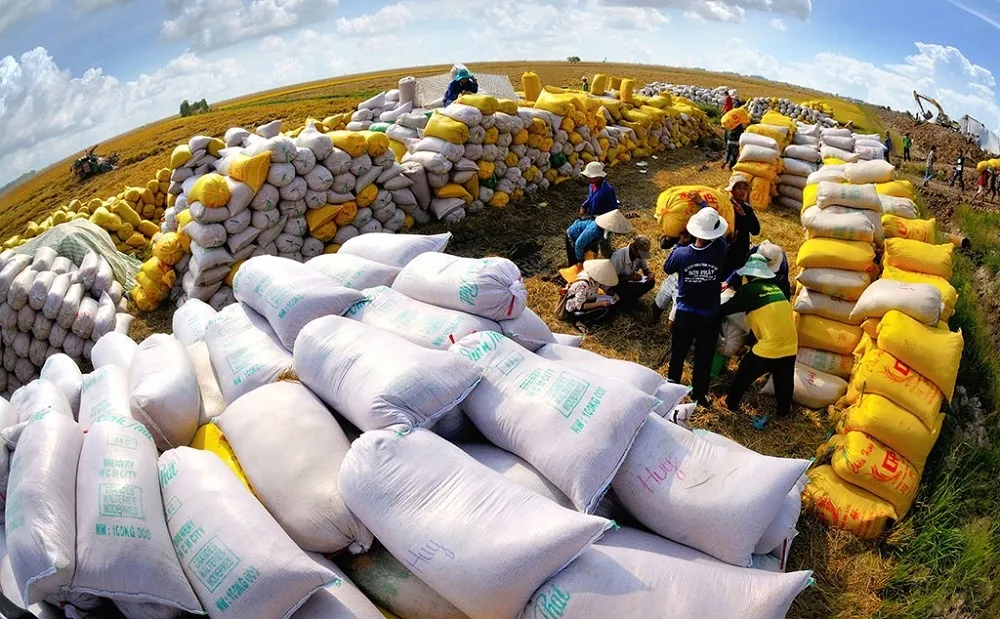
Illustrative photo.
Singapore is a small market in terms of scale (population of about 5.6 million people) but has high value and influences the distribution system in the region. When a type of rice is accepted in Singapore, the possibility of being distributed to other ASEAN countries, or being chosen by international retail chains, will increase. Therefore, maintaining the leading position here is also a stepping stone for more demanding markets such as the EU, the US, and Korea.
However, to maintain growth momentum, the Vietnamese rice industry needs to continue to consolidate its current strengths and overcome existing weaknesses. In the long term, standardizing rice quality from cultivation, harvesting to packaging is a must. In particular, it is necessary to improve traceability and ensure sustainability standards - factors that are increasingly valued by international consumers and distributors.
The rise of Vietnamese rice in Singapore is a testament to the effectiveness of the strategy of improving quality and transforming the export model. Instead of competing with low prices, Vietnam is aiming for more sustainable values, in line with global consumption trends. With this momentum, not only the Singapore market, but many other high-end markets will also witness the increasingly clear presence of Vietnamese rice in the future.
